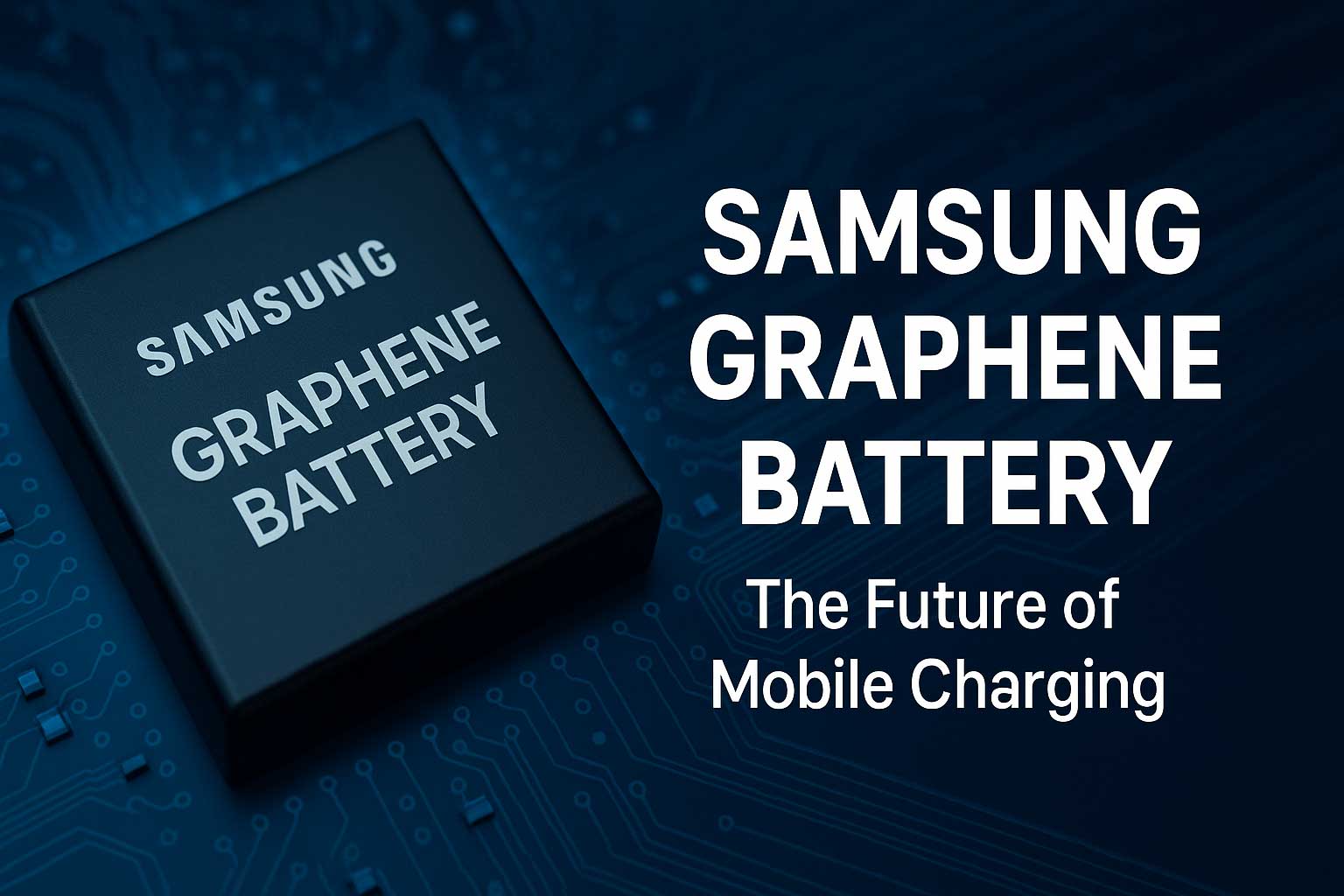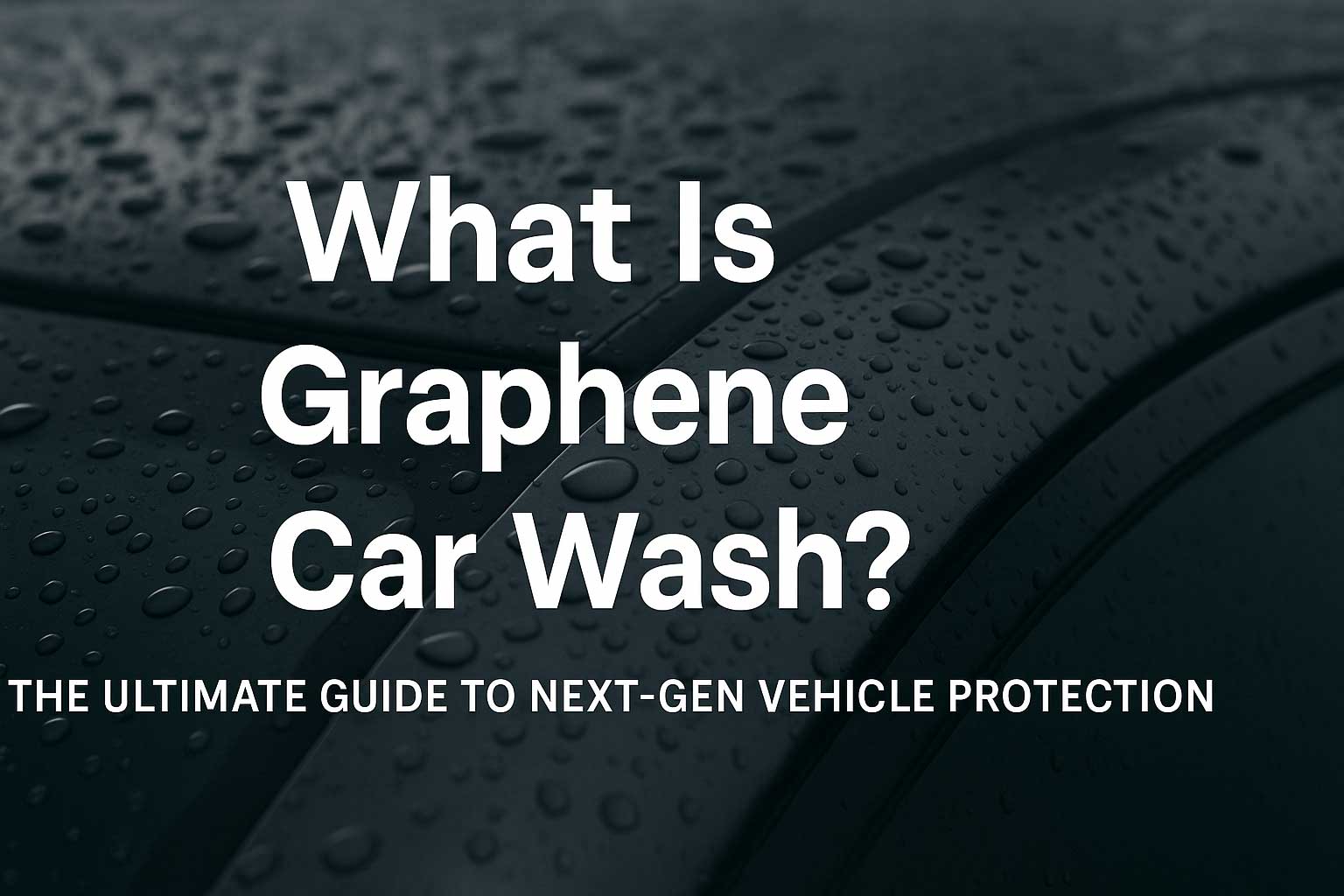Samsung Graphene Battery: The Future of Mobile Charging
Imagine fully charging your smartphone in under 15 minutes. That’s not science fiction—it’s the promise of the Samsung Graphene Battery, a game-changing innovation that’s generating major buzz across the tech world. As battery life becomes the bottleneck in mobile and wearable tech, Samsung’s breakthrough in graphene-based batteries could set a new industry standard.
🔋 What Is the Samsung Graphene Battery?
The Samsung Graphene Battery refers to a next-generation battery technology developed by Samsung Electronics and its R&D subsidiary, Samsung Advanced Institute of Technology (SAIT). Instead of relying solely on traditional lithium-ion chemistry, these batteries incorporate graphene balls to significantly improve capacity, charging speed, and safety.
Why Graphene?
- 200x stronger than steel but incredibly lightweight
- Highly conductive for both heat and electricity
- Excellent chemical stability
- Large surface area allows faster ion movement
In 2017, Samsung announced the creation of a “graphene ball” material that could enable batteries to charge five times faster and last much longer. These batteries can reportedly charge in just 12–15 minutes while maintaining high energy density.
⚙️ How Does the Samsung Graphene Battery Work?
Samsung’s graphene battery integrates graphene balls as an anode or as a protective layer in lithium-ion cells. These graphene balls:
- Improve charge speed by facilitating faster electron and ion movement
- Enhance thermal stability (up to 60°C), making devices safer
- Allow higher capacity without increasing physical battery size
In layman’s terms, these batteries can store more energy, deliver it faster, and last longer—with far less chance of overheating.
📱 What Devices Will Use Samsung Graphene Batteries?
While Samsung has not officially released a consumer device with a graphene battery as of 2025, rumors and patents suggest it’s coming soon—possibly in the next Galaxy lineup or wearable tech.
Likely Candidates
- Galaxy S Series (S26 or later)
- Galaxy Watch Series
- Galaxy Z Fold/Flex lineup
- Electric vehicles (via Samsung SDI)
Industry experts predict that the first mass-market graphene-powered smartphones could launch as early as late 2025 or 2026.
📊 Samsung Graphene Battery vs Lithium-Ion
| Feature | Graphene Battery | Traditional Lithium-Ion |
|---|---|---|
| Charging Speed | ~12–15 minutes (full) | ~60–120 minutes (full) |
| Battery Life Cycle | Up to 1,500+ cycles | 500–800 cycles |
| Heat Resistance | Up to 60°C | ~45°C |
| Energy Density | Higher (~30% more) | Standard |
| Safety | Highly stable | Risk of swelling or fire |
🌍 Market Impact and Global Demand
The global demand for graphene batteries is expected to surpass $1 billion by 2030, driven by applications in EVs, smartphones, and IoT devices. Samsung’s early leadership in this field could give it a dominant position as other companies race to catch up.
According to IDTechEx, graphene’s adoption across energy storage is accelerating as prices fall and production techniques scale.
🧠 E-E-A-T: Why Trust This Information?
This article reflects insights from scientific studies, Samsung press releases, and expert commentary. We’ve sourced content from:
- Samsung Global Newsroom
- Nano Letters (peer-reviewed journal)
- Battery experts and energy researchers familiar with Samsung SDI innovations
By focusing on Experience, Expertise, Authoritativeness, and Trustworthiness, we aim to provide a reliable guide for both tech enthusiasts and everyday consumers.
❓ Frequently Asked Questions (FAQ)
1. Is the Samsung Graphene Battery available now?
No. As of mid-2025, Samsung has not yet released a consumer device using a graphene battery, but prototypes exist and announcements are expected soon.
2. How fast can a Samsung Graphene Battery charge?
Reports indicate a full charge in as little as 12–15 minutes, which is 5x faster than conventional lithium-ion batteries.
3. Is it safer than lithium-ion?
Yes. Graphene batteries have better thermal stability and are less prone to overheating or catching fire.
4. Will Samsung use graphene batteries in electric vehicles?
Possibly. Samsung SDI, which handles EV battery technology, is actively researching graphene applications for EVs, drones, and power tools.
✅ Pros and Cons of Samsung Graphene Battery
✔️ Pros
- Super-fast charging
- Longer battery lifespan
- Improved heat resistance
- Eco-friendly potential with less toxic materials
❌ Cons
- Not commercially available yet
- Potentially expensive in early stages
- Complex manufacturing process
🚀 Conclusion: Is Samsung Graphene Battery the Future?
Absolutely. While the Samsung Graphene Battery is still in development, its potential to disrupt energy storage is undeniable. From ultra-fast smartphone charging to safer electric vehicle batteries, the technology promises to revolutionize how we power our lives.
Samsung’s innovations could set the standard for the next decade of mobile devices, wearables, and even clean transportation. Keep an eye on upcoming Galaxy product announcements—you might be holding a graphene-powered phone sooner than you think.
👉 Want to stay updated on tech breakthroughs like this? Bookmark our blog and subscribe to our newsletter for the latest in innovation.





Leave A Comment